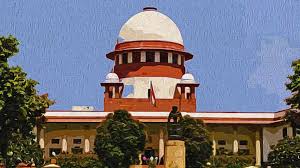Hindu Law. Member of a joint Hindu family can bring separation only by a definite and unequivocal declaration of his intention communicated to other members. Uncommunicated intention does not bring severance of joint family. Supreme Court
- 09-February-2021 23:55

